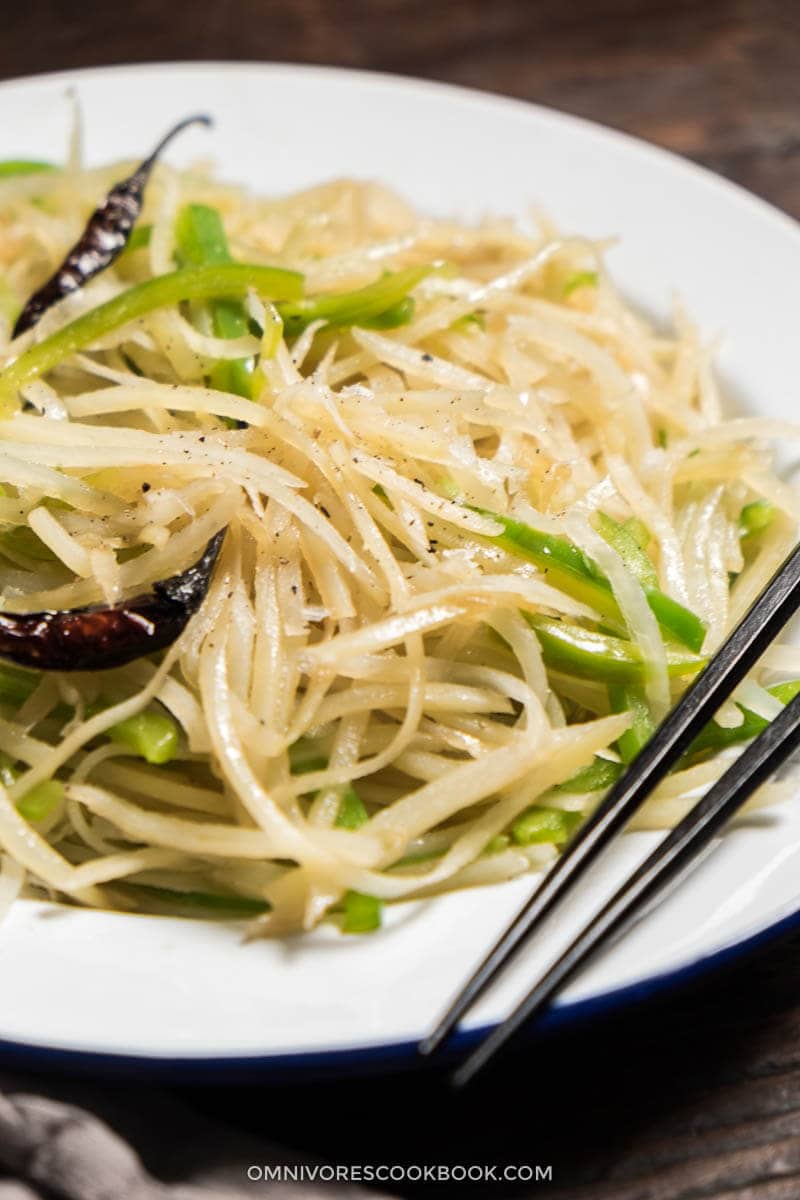Food is
something I absolutely love to write about (and eat as well!). So as I cross
100 articles, I thought of sharing more of my food reviews and food articles.
Hope you like these!
This one’s
a bit about the delicious Vegetarian Chinese dishes.
Chinese
food in India is unfortunately limited to the smoking hot and spicy noodles,
machurian, chilli paneer/chicken, tom yum soup, etc which aren’t actually
Chinese. They are rather a desi version of the food that one actually gets in
China. Many people say that China has no food for vegetarians, and that Chinese
eat everything. Yes, Chinese do eat everything. And they eat some of the best
vegetarian food I’ve ever eaten. On my visit to China a few years back, I
realized how beautiful and tasty the vegetarian food in China is. So here are 5
delicious traditional vegetarian Chinese dishes:
1) Braised
Eggplant: I had never eaten the boring, purple baingan in my life before
my visit to China. Crispy and smoky stir-fried eggplant in a perfect garlic and
soy sauce served with beans is just a perfect combination! It made me look at
the ugly baingan from a mouth-watering expression.


2) Shredded
Potato Stir Fry: Potato is the lifeline of vegetarians. One doesn’t really get
paneer abroad, so mashed or fried potatoes are the safe haven for the
vegetarians if they don’t get anything else to eat. This dish is boiled and
shredded and stir-fried at a high temperature for a short period of time.
Pepper and chilli are added in the seasoning along with some vinegar. It’s a
relatively simple dish, but one will be astonished at how delicious it tastes.

3) Salad:
The salads in China are just great. The lettuce, tomatoes, mushrooms and the
subtle dressing is great. The freshness just lifts the salad and makes it a
great dish to eat. The mushrooms especially are usually Shitake mushrooms. The
dressing has sesame, soya, chilli, vinegar and some lemon. Even the cabbage
salads are a must try.


4) Crsipy
Tofu: The Chinese counterpart of paneer. One might find tofu bland if not eaten
with enough dressing or seasoning, but crispy pan fried tofu with loads of
soya, garlic and chilli and served with spring onions is just delicious.

5) Banana
fritters: China doesn’t really have a lot of sweets, but the fried banana
fritters are just great. Super crunchy on the outside, with the gooey goodness
of banana on the inside, these fritters and overly sweet. They are rather a
perfect combo of crunch and softness.
So
vegetarians, when are you planning your trip to China?